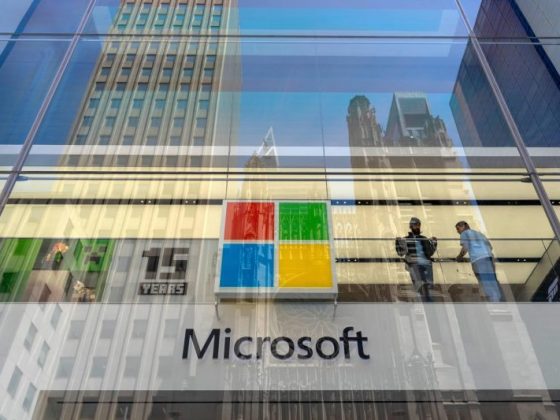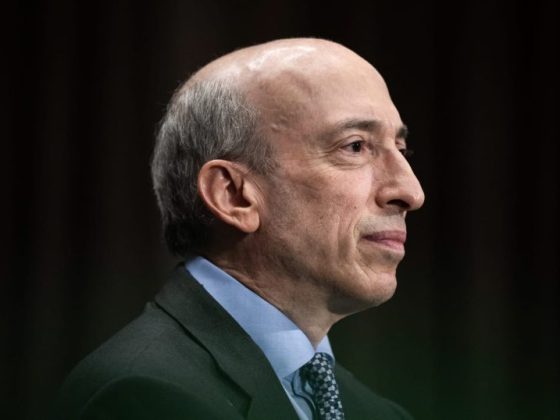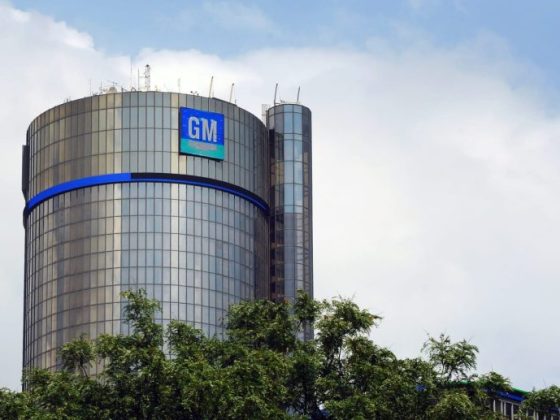The U.S-based healthcare company, CVS Health Corporation, is currently facing significant pressure to break up. The decision to unravel the massive healthcare conglomerate involves a potential separation of its retail and healthcare benefits operations. However, this proposed plan does not come without considerable risks that would impact not only the company’s position in the industry but also its stakeholders and consumer base.
An integral reason sparking this debate is CVS Health’s performance in the stock market, which has been significantly underwhelming in the past few years. For years investors have been concerned over CVS’ lagging stock price. Dissatisfied shareholders and regular underperformance in comparison to general markets are urging the corporation to consider this split. There is a growing belief that a breakup could potentially unlock more value for investors than the conglomerate structure that currently is in place.
However, even though this approach may be appealing to disgruntled shareholders, there are significant potential risks associated with it. The complexity of CVS’s operations is the first on that list. CVS Health is not only the nation’s largest pharmacy chain, it also owns a major pharmacy benefits manager and Aetna, a huge health insurer. Segmenting the operations of these vast divisions is a process fraught with numerous logistical and operational challenges.
Another risk is the potential disruption to the synergies that have benefited CVS Health Corporation. Its vertical integration model has been a key to its competitive advantage. The connection between the businesses has allowed it to provide a one-stop-shop experience for its customers—an offering that has not only differentiated it from competitors but has also been central to its business strategy. A split could disrupt this sales model and undercut the benefits consumers may gain from the integrated model.
Furthermore, there’s the risk of loss brand value. CVS Health’s identity as a leading, comprehensive healthcare provider could be significantly diluted if the corporation was to be broken up. Brand dilution could potentially lead to a long-term reduction in the company’s customer trust and loyalty, which could, in turn, negatively impact its market share.
In addition, the strain on human resources should not be overlooked. The process of breaking up the corporation would likely require the reassignment or even downsizing of staff, which could lead to decreased morale among employees and affect productivity.
Lastly, there’s the operational risk associated with a breakup – maintaining the stability and efficiency of operations during the split. Each division of CVS currently relies on each other for stability. Splitting them up could cause instability and could affect the overall function of the business.
Thus, while breaking up the massive conglomerate may unleash immediate shareholder value, it could offer up significant future challenges. The risks associated with detangling the intertwined operations, disruption of intrinsic synergies, potential brand value loss, the possible strain on human resources, and operational instability could create a precarious scenario for CVS going forward. Making the decision will no doubt require a careful cost-benefit analysis, keeping in mind both the immediate gains for shareholders and the long-term sustainability of the enterprise.











